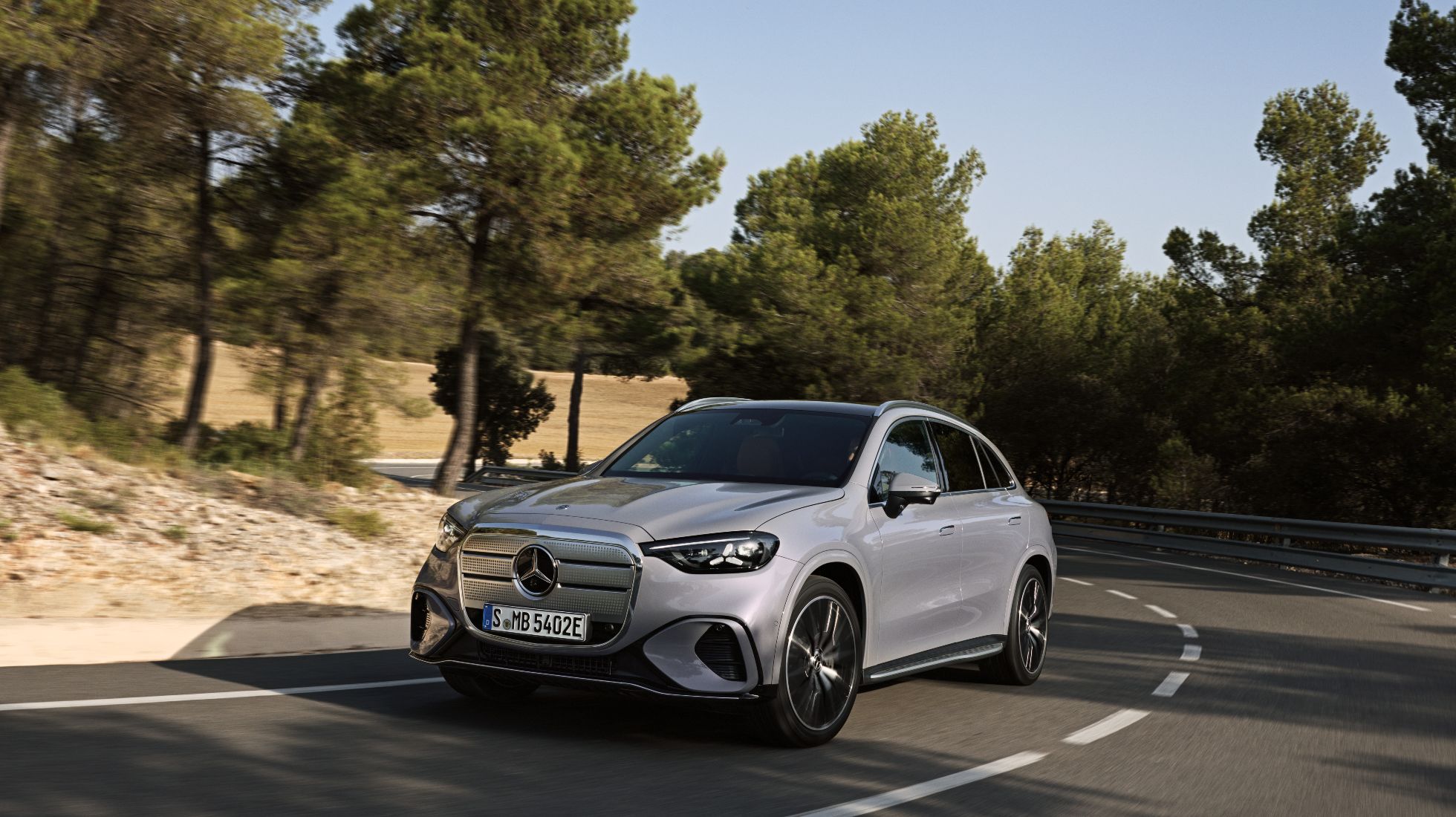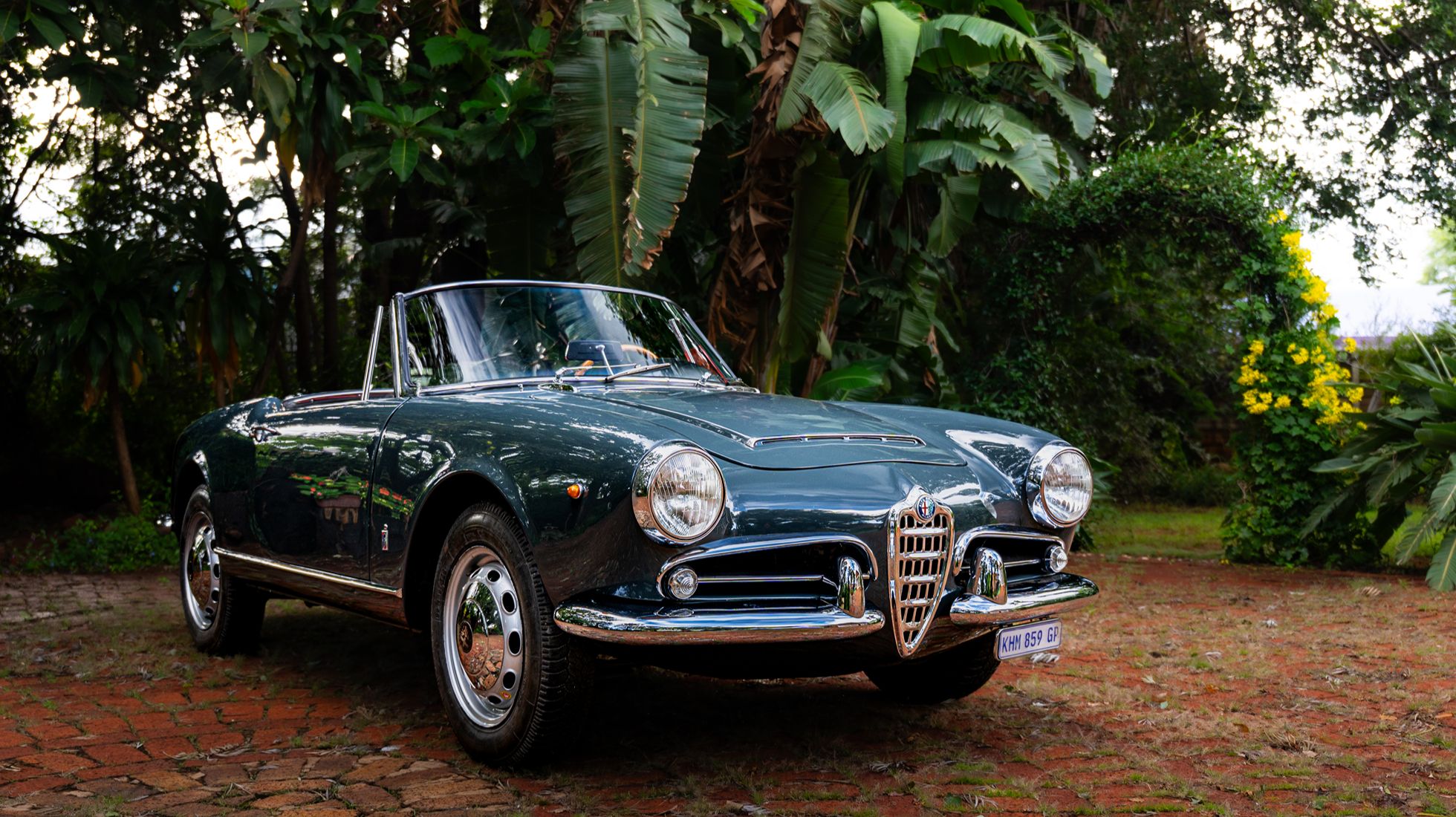
Colin Chapman, the founder of Lotus cars, had a brilliant idea. Make a sports car with a low kerb weight and marry it with a powertrain with a relatively paltry power output, yet bestow the car in question with a power-to-weight ratio that ensures it punches well above its weight.
It sounds like a too-simple recipe that will not necessarily yield a delicious cocktail, right? Not quite. To the contrary. My maiden drive in Chapman's creations was back in 2006, initially with the Elise S, then the track-honed Exige S, replete with semi-slick tyres.
The former proved a delightful road car – light, nimble with a humble, yet revvy 1.8-litre 20V VVTLi from the Toyota RunX RSi of the early 2000s. It enjoyed being thrashed all the way to 7,800 r/min, with the hot-cam coming abuzz at around 6,000 r/min, so I found myself wringing its neck at every opportune moment and relished each moment. Of course, the Elise was anything but ergonomically sound. It had an atrocious ingress and egress setup, where at times, you might as well crawl on all fours to clamber out of the ultra-low seating position. Then there was the tinny construction and sparse interior that looked as though it was screwed together by an overzealously keen teen from Brakpan wielding nothing but an angle grinder and screwdriver.
In 2010, I nosed the Exige S towards Mpumalanga and the snaking roads of Hazyview, and I'm still to drive anything with such prodigious grip levels. I alighted the car that day with aching forearms and neck muscles due to the g-forces exerted on the body, and I didn't mind this one bit. The Exige S proved to be a road-going go-kart, and I still reminisce fondly about that car.
However, the subject of this article is the latest instalment in the Lotus mid-engined sports car story; the Emira. Succinctly replacing the Elise, Exige and Evora models, the new model is the next generation of Lotus sports cars and likely the last combustion engine-powered car from the brand as it shifts into a full EV offering portfolio. We will, in fact, see its first EV SUV, the Eletre, in Mzansi in a few months' time.
Back to the Emira, though, and the brand seems to have genuinely pushed the envelope when it comes to build quality in particular, as the model feels better screwed together than anything that came before it, including the Evora. The Emira is also something of a looker, thanks to a supercar silhouette and taut, yet simple design lines, with the rear having a Ferrari-esque look about it, which is not a bad thing. Overall, styling is amiable and does grab the attention of onlookers, who mostly nod in appreciation.
Sliding inside the cabin is where one finds the most extensive improvements; the cabin is mostly plush and adorned with high-quality materials that add a positive tactile feel to the overall package. The milled metal manual gear lever and the exposed gear linkages add an air of coolness, while the squared-off hydraulic steering wheel is not only ergonomically sound but feelsome in communicating what the front wheels are doing. The 12.3" digital instrument cluster and 10.25" infotainment screen give minimalist and digitalisation cues to the cabin. At the same time, the aforementioned manual gear lever and three pedals in the foot well are a nod to the old-school, analogue way of driving a vehicle.
And driving is what the Emira's repertoire is all about. There's a starter button nestling below a red metal flap that, with a jab, awakens the engine. Start-up is in default Touring mode, while there are Sport and Track (slightly neuters the ESP) modes; the two latter modes also liberate the exhaust system's timbre. The clutch action takes some getting used to as the initial bite is slightly higher than one anticipates, although this is quickly remedied with familiarity. That 3.5-litre, supercharged V6 engine develops 298 kW and 420 Nm, which are not overwhelmingly heady numbers to get excited about, but as the Emira in V6 guise weighs 1,405 kg, the power-to-weight ratio gives it awe-inspiring performance.
Much like previous Lotus sportscars, the Emira requires you to grab it by the scruff of the neck to exploit the best out of the engine and the sublime chassis. Our tester has the Touring Suspension (you can also opt for the stiffer Sports Suspension), which offers an exemplary median between comfort and dynamic performance. Sports mode is the go-to mode for spirited road driving as it keeps the exhaust chatter in "exciting" mode. An enjoyable thing to exploit, I did find that short-shifting from first to second gear is not the Emira's forte, as the synchromesh doesn't like to be hurried here, which means robot dice showdowns will see you languishing behind your opponent. That aside, though, once you dig deeper into the car's performance envelope, you are met with an impressive performer, if not entirely the greatest.
That engine is perhaps not the most sophisticated, with its roots pointing back to Toyota's Camry, but Lotus has tried its darndest to give it both poke and character. Handling remains a feather in the cap of Lotus sportscars, and the Emira is no exception here, offering prodigious levels of front-end grip and lateral stability through high-speed bends. That you find yourself safely carrying great speeds with confidence-inspiring handling.
Buying an Emira is an investment in both performance and exclusivity, but one that comes with a significant price tag of R2,250,000. While this sum is substantial, the Emira attempts to justify its cost with its Lotus-infused driving experience and exceptional build quality. As a daily driver, the Emira has made significant strides over other names in its lineage with the enhanced ergonomics of the steering. Combine this with its feature-rich cabin that includes the 12.3" digital instrument cluster and the 10.25" infotainment screen, and it facilitates a more practical and comfortable day-to-day driving experience. However, ingress and egress may still prove challenging to some.
So, has the Emira a sportscar done enough to sway buyers away from German sportscar brands? Well, in fairness, Lotus has always offered an alternative sportscar experience, which still seems to be the case here. However, at the price of R2,250,000 base, the Porsche GT4 RS at R2,500,000 is the sportscar to beat at this price level as it punches well above its weight and easily has the more exciting engine.
In isolation, though, the Emira is easily Lotus' most polished sportscar in years, and that could be enough for fans of the brand and those looking for something niche and somewhat left-field.





Enter your email address to receive regular Top Gear SA newsletters



.jpg)
.jpg)


